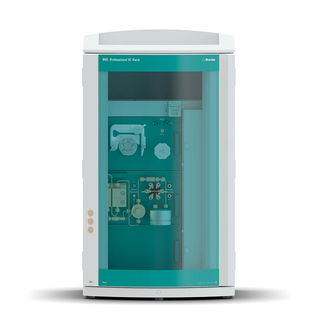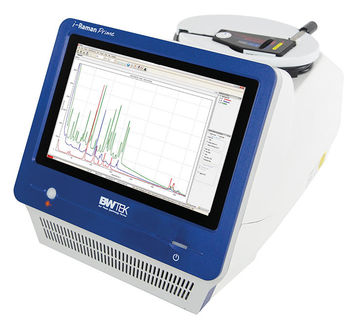To use all functions of this page, please activate cookies in your browser.
my.chemeurope.com
With an accout for my.chemeurope.com you can always see everything at a glance – and you can configure your own website and individual newsletter.
- My watch list
- My saved searches
- My saved topics
- My newsletter
Pentamethylcyclopentadiene
1,2,3,4,5-Pentamethylcyclopentadiene is a cyclic diolefin with the formula C5Me5H (Me = CH3). 1,2,3,4,5-Pentamethylcyclopentadiene is the precursor to the ligand 1,2,3,4,5-pentamethylcyclopentadienyl, which is often denoted as Cp* (to signify the five methyl groups radiating from the periphery of this ligand as in a five-pointed star). In contrast to less substituted cyclopentadiene derivatives, Cp*H is not prone to dimerization. Product highlight
SynthesisPentamethylcyclopentadiene is commercially available. It was was first prepared from tiglaldehyde via 1,2,3,4,5-pentamethylcyclopent-2-eneone.[1] Alternatively 2-butenyllithium adds to ethylacetate followed by acid-catalyzed dehydrocyclization:[2][3]
Synthesis of Cp* complexes
Some representative reactions leading to such Cp*-metal complexes follow:
For the related Cp complex, see cyclopentadienyliron dicarbonyl dimer. An instructive but obsolete route to Cp* complexes involves the use of hexamethyl Dewar benzene. This method was traditionally used for [RhCp*Cl2]2. Comparison of Cp* with CpCp*H is an important precursor to organometallic compounds arising from the binding of the five ring-carbon atoms in C5Me5-, or Cp*-, to metals.[4] Relative to the more common cyclopentadienyl (Cp) ligand, pentamethylcyclopentadienyl (Cp*) offers certain features that are often advantageous. Being more electron-rich, Cp* is a stronger donor and is less easily removed from the metal. Consequently its complexes exhibit increased thermal stability. Its steric bulk allows the isolation of complexes with fragile ligands. Its bulk also attenuates intermolecular interactions, decreasing the tendency to form polymeric structures. Its complexes also tend to be highly soluble in non-polar solvents.
See alsoReferences
Organometallic Chemistry volume, 8 (1967) pp. 287-297. |
|||||||||||||||||||||||||||||||||||||||||
| This article is licensed under the GNU Free Documentation License. It uses material from the Wikipedia article "Pentamethylcyclopentadiene". A list of authors is available in Wikipedia. | |||||||||||||||||||||||||||||||||||||||||







